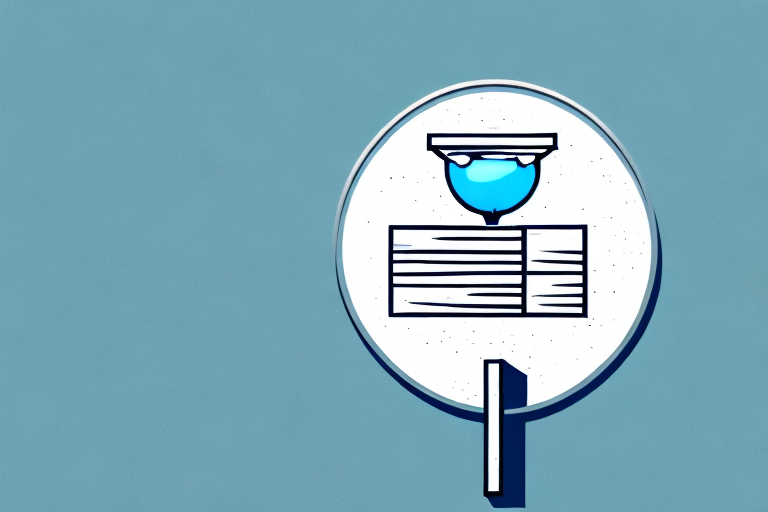In recent years, as a buyers agency we’ve heard a lot about positively geared properties and why you need to chase higher yields so you can grow your property portfolio.
While on the surface this makes sense, is it actually true?
You might be surprised to learn that if your goal is to continue to expand your property portfolio, chasing growth over yield, might actually be the better way to go about it.
Properties generate income in two forms. Through price appreciation and through rental income. While rental income is appealing as it is effectively cash, banks don’t view it quite the same way.
For a start, a bank doesn’t assess the full rental income that the property generates. Many lenders will accept only 70% of the yield when calculating your ability to service a loan.
The lenders are doing this to factor in other costs such as management fees, maintenance and repairs. Even though these costs might be noted in your income and expenses, the banks are still effectively cutting your rental income. This can be a big hindrance if you’re looking to grow your property portfolio because it continues to limit your borrowing.
Similarly, rental income is taxable income. Notwithstanding any deductions, you are still required to pay tax on your rental income, further diminishing its true value.
On the flip side, capital growth is not taxed until you ultimately sell the property. You can continue to see your property increase in value and you don’t have to think about the tax implications at all.
As your investment property increases in value, it’s also possible to tap into this equity and use it to continue to purchase more properties. Regardless of how much yield you’re earning, you will still need equity to keep on growing your property portfolio. Which is something that can be forgotten by income investors.
We can look at an example to clarify how it might work in practice.
Assuming a person own a single investment property worth $650,000 that generates $750 per week, would mean the property is generating a 6% yield, which is quite high and would fall under the income investing side of things. That type of property might only see growth of 3% annually.
Contrast that to a property of similar value that is only earning $500 per week. That is only a 4% yield but is the same sort of thing you would see with a property in a better inner-city location. Let’s now assume this growth property increases in value at a higher rate – around 5%.
What we actually see in practice, is that the property that is located in a higher growth area, will start out behind, meaning the owner will have to contribute to the payments initially.
But after a few years of stronger growth, that property will see the owner in a far better equity position and mean they will be able to purchase another property faster than the person seeking high yield alone.
What we do know as a top buyers agency in Sydney, property investing is always about considering both income and growth, but if you look to always buy the asset that has the best growth potential, it will ultimately put you in a stronger position longer term. Remember, the property is a long-term proposition, so it’s always important to start thinking about it with the end in mind.









